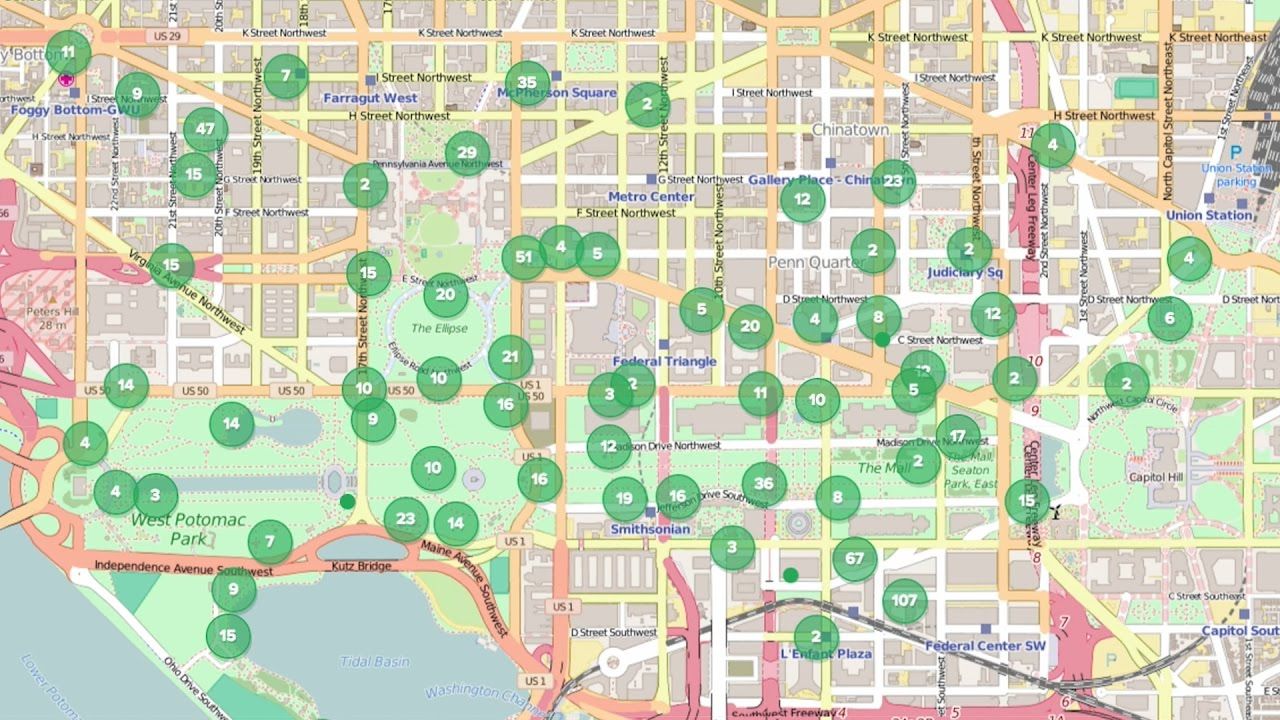The following press release was written and and published by the Defense Advanced Research Projects Agency (DARPA) and originally published on their website. Click here to see the original version of this post.
On a recent sunny fall day in the nation’s capital, several hundred volunteers—each toting a backpack containing smartphone-sized radiation detectors—walked for hours around the National Mall searching for clues in a “whodunit” scavenger hunt to locate a geneticist who’d been mysteriously abducted. The geneticist and his abduction were fictitious. But the challenge this scavenger hunt was designed to address is real: The need to detect even small quantities of radioactive material that terrorists might try to bring into an urban area with the intent of detonating a “dirty bomb,” or worse. By getting volunteers to walk all day looking for clues, the DARPA-sponsored exercise provided the largest test yet of DARPA’s SIGMA program, which is developing networked sensors that can provide dynamic, real-time radiation detection over large urban areas.
A key element of SIGMA, which began in 2014, has been to develop and test low-cost, high-efficiency, radiation sensors that detect gamma and neutron radiation. The detectors, which do not themselves emit radiation, are networked via smartphones to provide city, state, and federal officials real-time awareness of potential nuclear and radiological threats such as dirty bombs, which combine conventional explosives and radioactive material to increase their disruptive potential. Following a demonstration earlier this year with the Port Authority of New York and New Jersey involving more than 100 SIGMA sensors, the 1,000-detector deployment in Washington, D.C., marked the largest number of SIGMA mobile detectors ever tested at one time and was a demonstration of the program’s ability to fuse the data provided by all those sensors to create minute-to-minute situational awareness of nuclear threats.










Comments are closed.